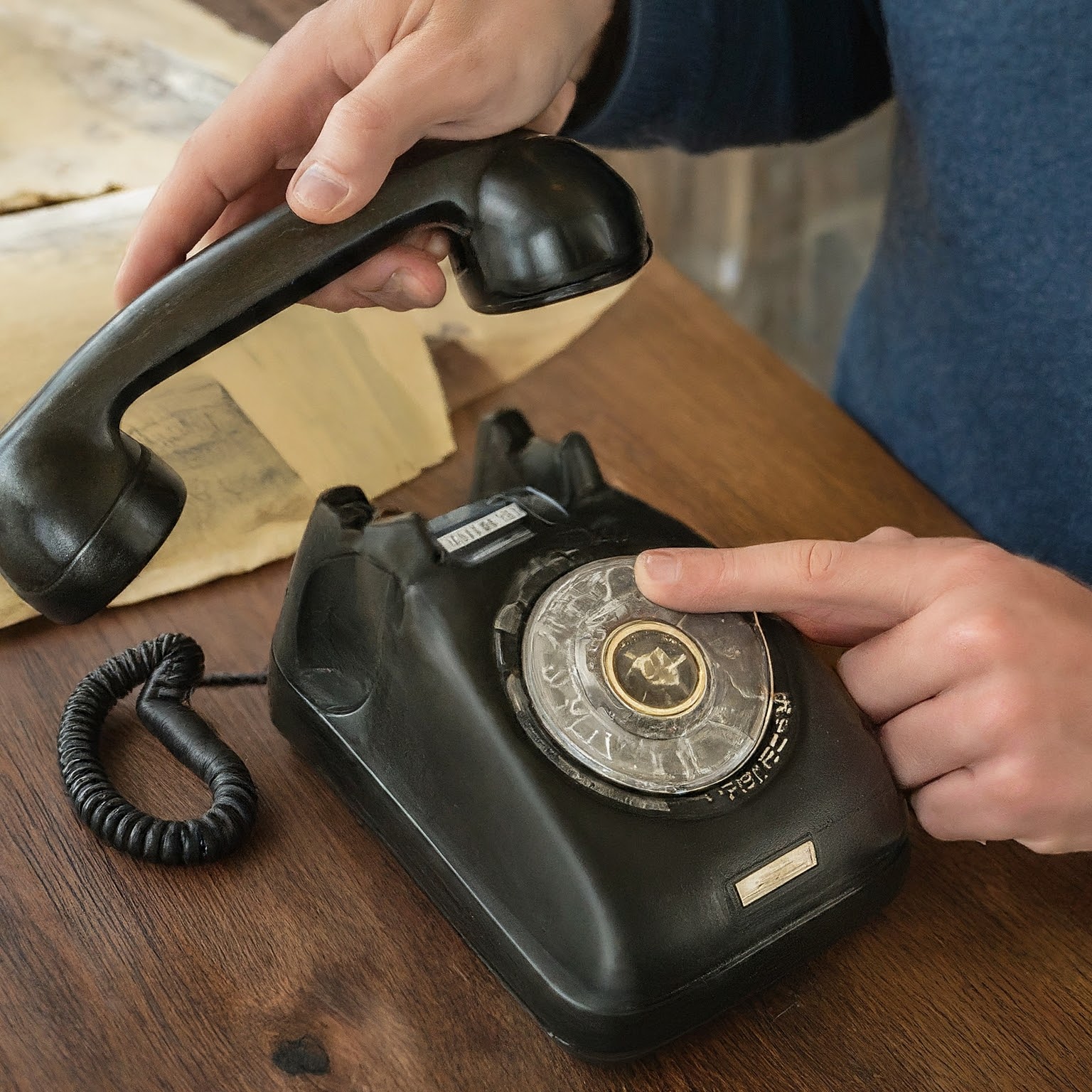Dialing international numbers from the USA might seem daunting at first, but with a clear understanding of the process, it becomes a straightforward task. The key to successful international calling lies in knowing the correct sequence of numbers to dial. This includes the exit code, country code, area code, and the actual phone number.

The Exit Code
The exit code is the first set of numbers you dial when making an international call from the USA. It signifies that you’re placing an international call. For the United States, the exit code is 011.
Country Code
Each country has a unique country code. This code identifies the country you’re calling. For example, the country code for Canada is 1, for the United Kingdom it’s 44, and for Australia it’s 61.
Area Code
Many countries use area codes to identify specific geographic regions. These codes are often followed by the local phone number. It’s essential to include the area code if it’s applicable to the number you’re calling.
Phone Number
The final part of the number is the actual phone number of the person you’re trying to reach.
How to Dial an International Number from the USA
To dial an international number from the USA, follow these steps:
- Dial the exit code: 011
- Dial the country code: The code for the country you’re calling.
- Dial the area code: If applicable.
- Dial the phone number: The recipient’s phone number.
Example: To call a number in London, UK, you would dial: 011 + 44 + area code + phone number.
Common Mistakes to Avoid
While dialing international numbers is relatively simple, there are some common mistakes people make:
- Forgetting the exit code: This is the most frequent error. Without the exit code, your call won’t go through.
- Incorrect country code: Using the wrong country code will direct your call to the wrong country.
- Omitting the area code: If the number you’re calling requires an area code, omitting it will result in a failed call.
- Dialing the number incorrectly: Double-check the number before dialing to avoid errors.
Tips for International Calling
- Use a reliable phone service: A strong cellular or landline connection is crucial for clear calls.
- Consider time zones: Be mindful of the time difference between your location and the country you’re calling.
- Check for international calling rates: Some phone plans have additional charges for international calls.
- Use VoIP services: For cost-effective international calling, consider using Voice over Internet Protocol (VoIP) services.
International Calling with Mobile Phones
Dialing international numbers from a mobile phone is generally easier than using a landline. Most smartphones automatically insert the plus sign (+) when you start dialing an international number.
To dial an international number from a mobile phone:
- Dial the plus sign (+): This is usually the same key as the zero (0).
- Dial the country code: The code for the country you’re calling.
- Dial the area code: If applicable.
- Dial the phone number: The recipient’s phone number.
International Calling with Landlines
When dialing international numbers from a landline, you’ll typically need to dial the exit code (011) before the country code. Follow the same steps as for mobile phones after dialing the exit code.
International Calling Cards
If you frequently make international calls, an international calling card might be a cost-effective option. These cards provide you with a specific phone number to dial, followed by the number you want to reach.
Using VoIP for International Calls
VoIP (Voice over Internet Protocol) services offer a cheaper alternative to traditional international calling. With VoIP, calls are made over the internet, bypassing traditional phone lines. Popular VoIP providers include Skype, WhatsApp, and Google Voice.
International Calling Apps
There are numerous mobile apps designed specifically for international calling. These apps often offer lower rates than traditional carriers. Some popular options include Viber, WhatsApp, and FaceTime.
Troubleshooting International Calls
If you’re experiencing issues with international calls, try the following troubleshooting steps:
- Check your phone balance: Ensure you have sufficient funds for the call.
- Verify the number: Double-check the country code, area code, and phone number.
- Test your phone connection: Make sure your phone is receiving a strong signal.
- Try a different phone: If possible, use a different phone to see if the issue persists.
- Contact your phone carrier: They can assist with troubleshooting and provide information about international calling rates.